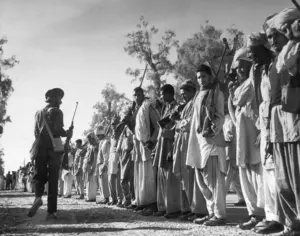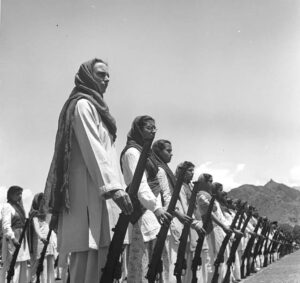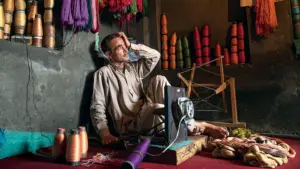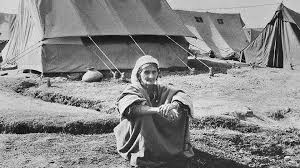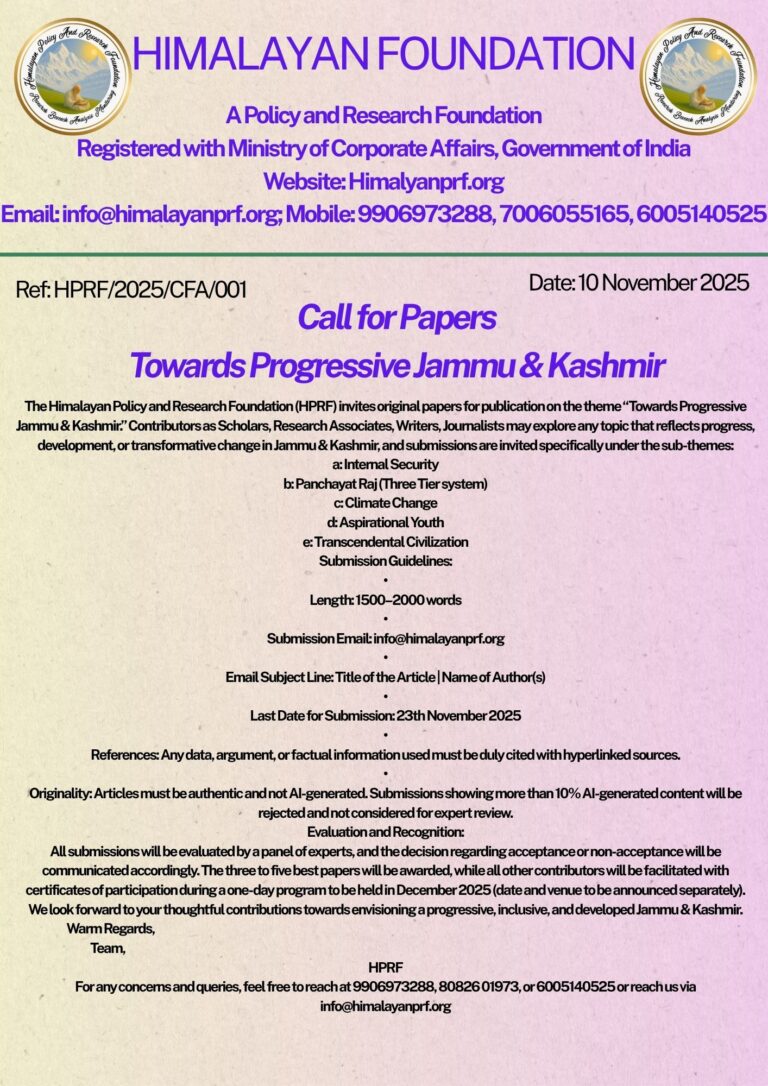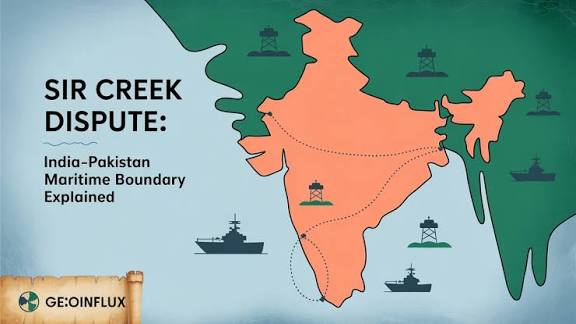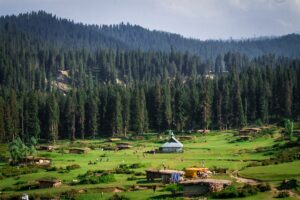By: Peerzada Muneer
The Parable of the Good Samaritan, told in the Gospel of Luke, is one of the simplest stories in the Christian tradition, and yet, one of the most arresting. A man lies beaten, stripped, and left for dead on the road from Jerusalem to Jericho. He is passed by—a priest sees him, and moves on; a Levite sees him, and turns away. It is a Samaritan—one who is regarded with suspicion and contempt by the Jewish mainstream—who stops, tends to the man’s wounds, places him on his own animal, takes him to an inn, and pays for his recovery.
The story is not an allegory about charity. It is not a sentimental appeal for kindness. It is a confrontation. It does not ask us who is worthy of care. It asks us whether we ourselves can see the wounded as kin, and whether our compassion can transcend prejudice, fear, and institutional indifference. The parable makes us uncomfortable because it turns the question of morality back on us. It is a mirror. And in that mirror, those who claim proximity to sacredness—priests, Levites, functionaries—are found wanting, while the one whom society has cast aside acts with moral courage.
There is something startling, even brutal, about how clearly the story exposes the inadequacy of status, ritual, and affiliation when tested against the raw facts of suffering. And it is in that clarity that this parable finds unsettling relevance in Kashmir.
Kashmir too has its wounded. Its history is scarred with trauma, and its geography shaped by absences. But among its many tragedies, the forced migration of the Kashmiri Pandits remains one of the most morally unexamined. It is a wound too often passed over in silence, or reduced to a talking point in competing political projects. What gets lost is the human scale of the loss—the dislocation of trust, of community, of everyday belonging. And the persistent question: who stopped for them?
The Pandits, once an integral part of the Valley’s cultural and social life, were driven out under circumstances of fear and threat. Their homes were abandoned, their temples desecrated, their lives scattered across India. But what made the exodus even more painful was the silence that accompanied it. Friends who had shared meals and seasons suddenly disappeared from view. Neighbours who once celebrated festivals together fell quiet. Institutions that should have protected became either complicit or paralysed. The wound was not just inflicted by those who threatened, but by those who did not intervene.
The parable’s priest and Levite are not evil. They are respectable, ritual-bound, institutionally trained. But they are afraid. They are calculating. They are unsure of what their duty requires, and so they pass by. Their failure is not one of commission—it is one of omission. It is a failure to act when action was needed. In the Valley, there were many such silences. There were those who could have spoken but did not. Those who could have protested but remained cautious. And those who, perhaps out of fear, perhaps out of political confusion, turned away from their Pandit neighbours at the very moment when solidarity mattered most.
And yet, the story does not end in indictment alone. For there were Samaritans too—figures within and outside Kashmir who extended help, who offered shelter, who tried to keep the memory alive. But just as in the parable, their presence is quiet, almost unspectacular. Their decency is not amplified. Their actions, however noble, cannot undo the depth of rupture.

The question now is not whether the Pandits were wronged. That much is clear. The question is whether their return will ever be made just.
There have been many policy announcements, many plans. Some of them have come with good intentions. But the danger lies in imagining return as an administrative issue, or worse, as a political posture. The return of the Pandits must not be managed; it must be reconciled. It must not be symbolic; it must be structural. And above all, it must not be isolating.
Segregated colonies, security enclaves, and fenced settlements may offer protection—but they cannot offer belonging. To be placed at a distance from one’s neighbours is not to be restored. True homecoming requires reintegration—not only into physical spaces, but into social and emotional registers. And that reintegration depends not only on policy but on sensibility.
That sensibility is what Kashmir once had in abundance. It was never a monolith. Its genius lay in its plurality. For centuries, it was the site of a deep civilizational confluence: the philosophical clarity of Kashmir Shaivism and the mystical devotion of Sufism lived side by side. The shrines of saints, the temples of gods, the poetry of Lal Ded, the wisdom of Nund Rishi—all bore witness to a culture that did not erase difference but allowed it to breathe.
This pluralism was not merely intellectual. It was lived. In the streets, in the language, in the festivals. Pandits and Muslims shared rituals, idioms, and even cosmologies. This was Kashmiriyat—not a romanticised ideal, but a lived ethic of coexistence, anchored in memory and repetition. It is this ethic that fractured in the late 20th century. And it is this that must be reclaimed—not just for the Pandits, but for the Valley itself.
To make the return possible, several things must happen.
First, dignity must be non-negotiable. The Pandits must return not as supplicants, but as rightful citizens. This means recognition—not only of their suffering, but of their agency. They must have a political voice, cultural freedom, and economic opportunity.
Second, justice must be material. Their homes must be rebuilt. Their shrines protected. Their children are educated without bias. Their properties restored without delay. These are not concessions; they are obligations.
Third, reintegration must be social. This requires not only welcoming the Pandits but working through the memories of their absence. It means addressing the fear on both sides, the guilt, the hesitation. It means difficult conversations in living rooms, in classrooms, in panchayats. It means the reconstitution of trust.
Fourth, the story of the Pandits must be reclaimed—not as a point of division, but as a shared loss. Their departure was not just their tragedy; it was a wound to Kashmir’s own soul. And until that is acknowledged, healing will remain performative.
The parable of the Good Samaritan haunts because it reminds us of a simple truth: institutions fail. Rituals hollow. Titles collapse. But in the end, what matters is whether we stop for the wounded.
Kashmir must now ask itself that question again. Will it stop? Will it tend to the wounds it has long ignored? Will it allow those who were displaced to return—not into camps or compounds, but into the texture of life?
For the future of the Valley does not lie in erasing its pain. It lies in confronting it. It lies in acknowledging that pluralism is not an arrangement but a discipline. It must be practiced, protected, and repaired.
The Pandits’ return is not about demography. It is about morality. It is about whether a society can find the courage to admit its lapses and the generosity to correct them.
Kashmir, with its mountains and shrines, its languages and silences, has always been more than a place. It has been a promise: that difference can live without fear, that memory can survive violence, and that belonging can be rebuilt.
But promises, like people, must be kept.
And perhaps, in the quiet act of welcoming the Pandits home, that promise—once broken—might begin to mend.

